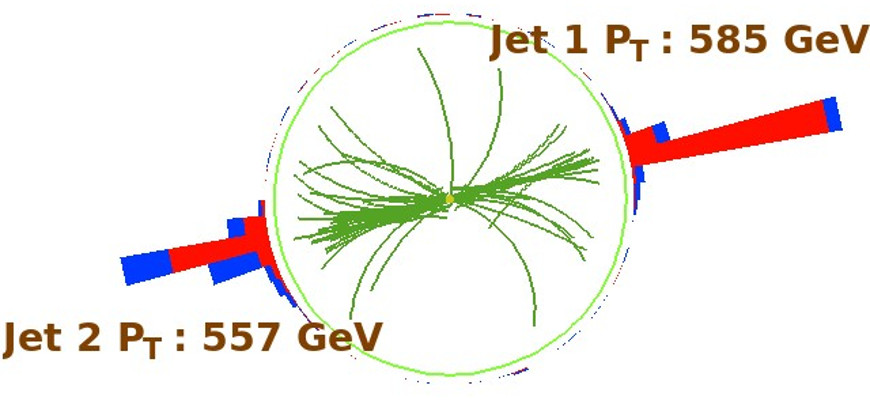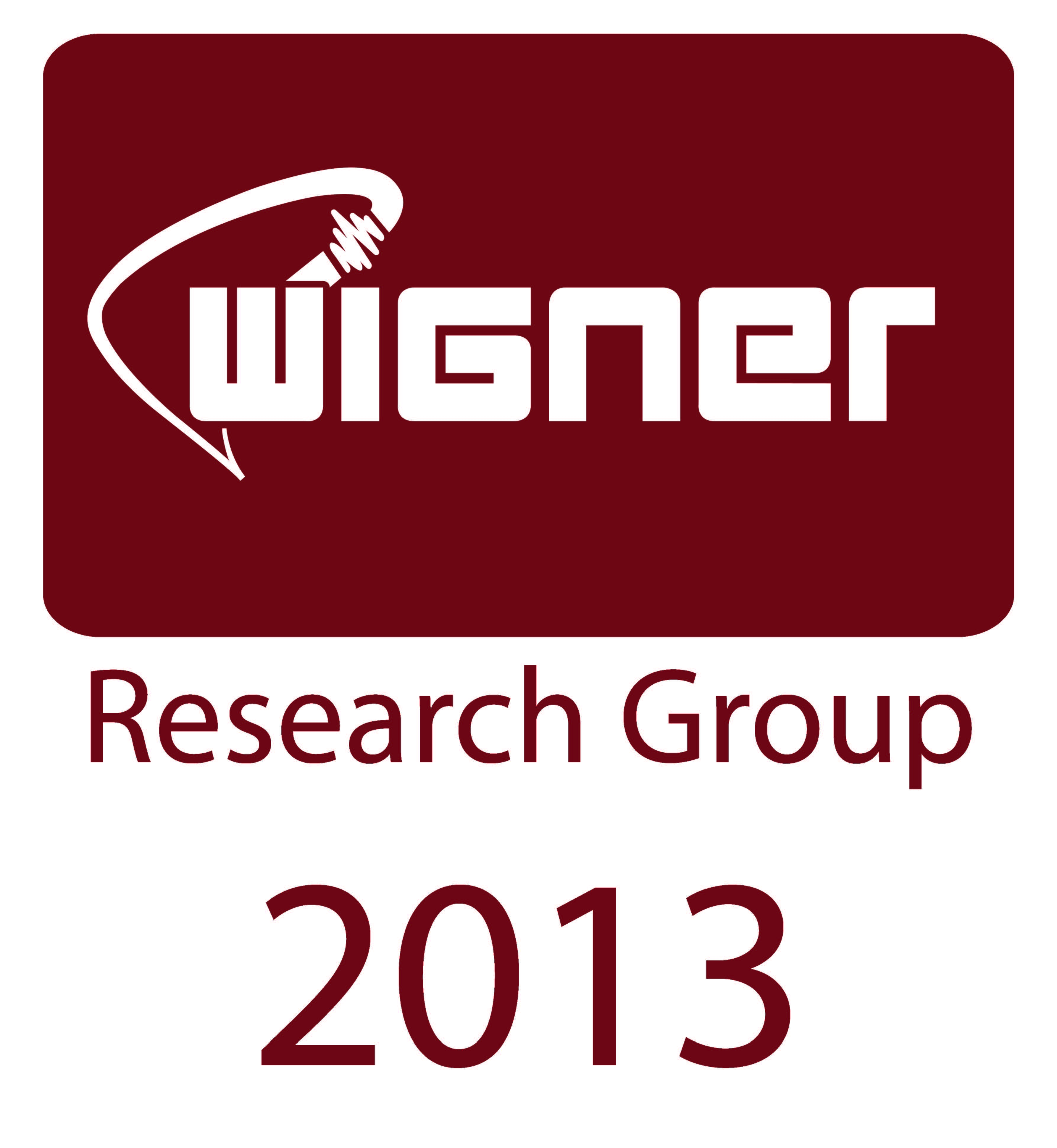Standard model and new physics Research Group

Group leader: Viktor VESZPRÉMI
Webpage: twiki.wigner.mta.hu/twiki/bin/view/HEP/StandardModelNewPhysics
Publications of the group: link to the database of the Hungarian Scientific Bibliography
Physics analyses and theoretical work. — Our group has measured cross-section limits on supersymmetric processes leading to strongly boosted top quark decays in the data recorded by the CMS detector at the LHC prior to the 2017 installation of the new pixel detector. We have also doubled the recorded collision data using the new pixel detector during 2017. We provided a member for the Publication Committee of the CMS Experiment at CERN and played an important role in publishing CMS results of low-x QCD studies. The group participated in the ASACUSA experiment at the Antimatter Factory of CERN, which provides a test of the CPT invariance, the theorem stating the equivalence of matter and antimatter, via measuring the transition energies of antiprotons trapped helium atoms using laser spectroscopy. The method leading to the precise determination of the agreement between the proton and antiproton masses earlier was extended to superfluid helium; the data are still in analysis. The first steps were made to use two-photon laser spectroscopy on antiprotonic helium atoms cooled down below 1.7 K in cryogenic lowpressure helium gas.
We wrote and published the first Hungarian textbook of quantum information theory. We proposed the Principle of Least Decoherence and, based on it, improved the widely used theory of semi-classical gravity, which will henceforth not violate the linearity of quantum mechanics.
Work on instrumentation. — The group has successfully commissioned the new pixel detector installed at the CMS experiment in 2017, the control and read-out electronics of which device was developed and manufactured by our group. We have prepared the 3D detector model and the software for the reconstruction of the new data, organized the spatial and temporal alignment of the new detector, and completed the calibration of the reconstruction algorithms. We also verified that the detector performance meets its design requirements.
The stable operation of the T2_HU_Budapest grid site continued in 2017. Our site is used extensively by the entire CMS collaboration including our group for reconstructing collision data in physics analyses. The disk capacity committed to CMS has increased to 900 TB.
We have successfully tested two superconducting shield prototypes for the Superconducting Shield Septum project: a high-temperature superconductor and MgB2. The performance of the MgB2 prototype was satisfactory for its application. We have designed and constructed a device called “SPS Diffuser”, which will be installed in the CERN SPS accelerator to decrease the radiation load on the electrostatic septum.
Outreach. – Two education programs were organized by Wigner RCP at CERN with the leadership of our group: the High-School Student Internship Programme (22 May - 2 June 2017) with the participation of 22 students and the Hungarian Teachers Programme (15-21 August 2016) for 21 physics teachers. For the teachers we organized a meeting on November 25 at Wigner RCP in the presence of representatives of the Hungarian Physical Society, the Hungarian CERN Committee and the main sponsor, the Pallas Sthene Domus Innovationis Foundation. We also participated in the organization of the annual Hands-on Particle Physics Master-classes on two occasions with 22 high-school students attending each session. In addition to conference talks and university teaching, many popular lectures were given by our group.




